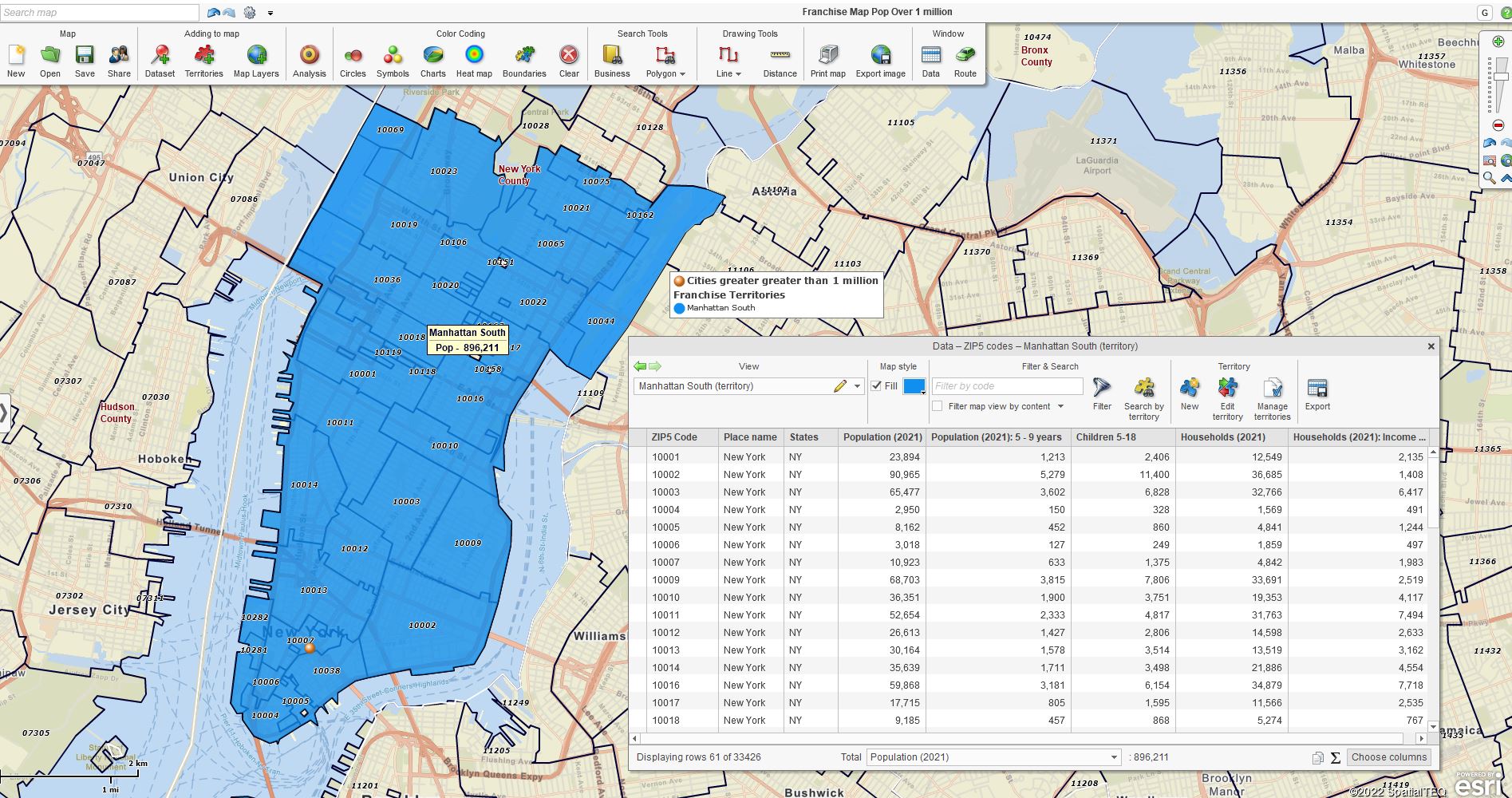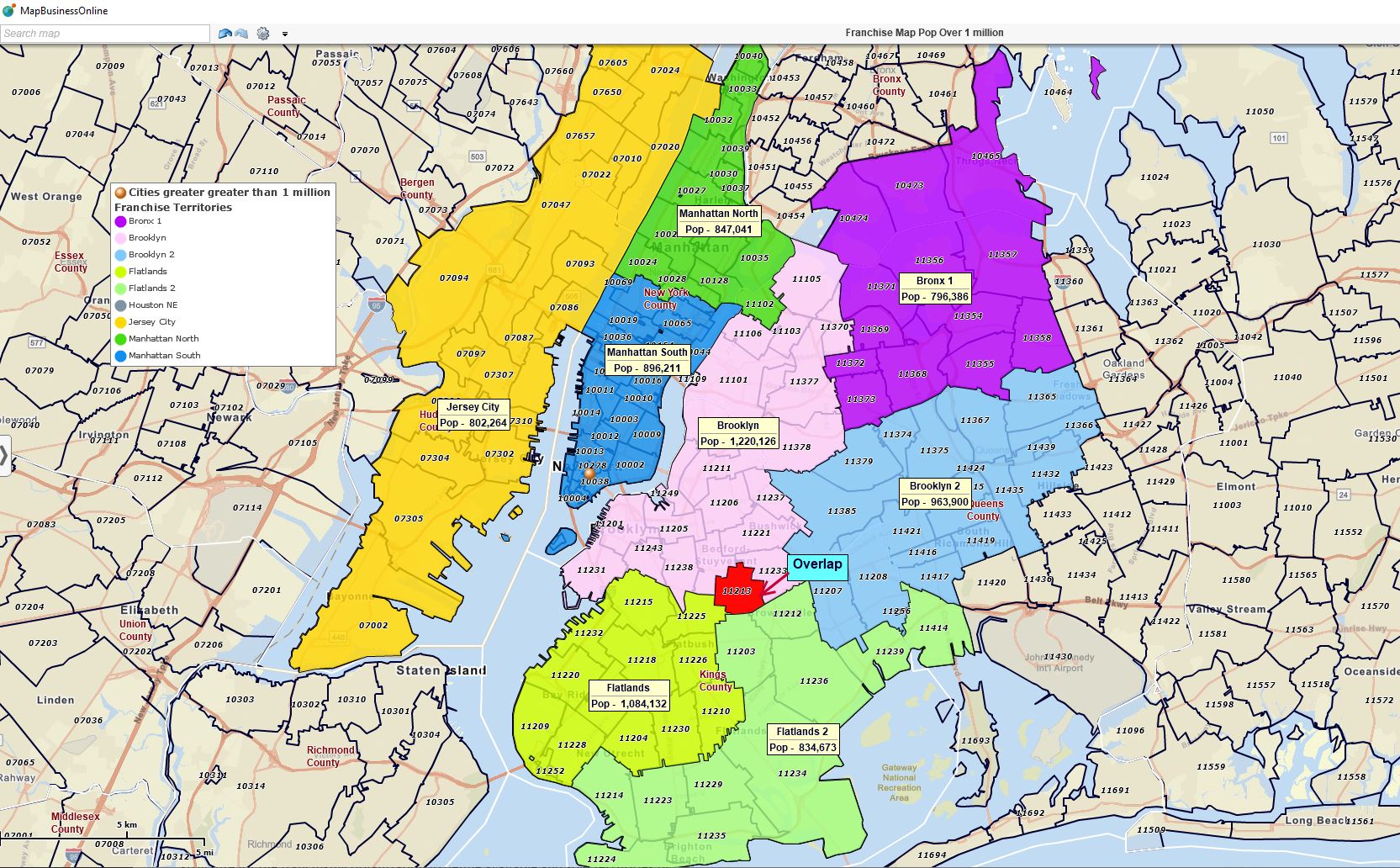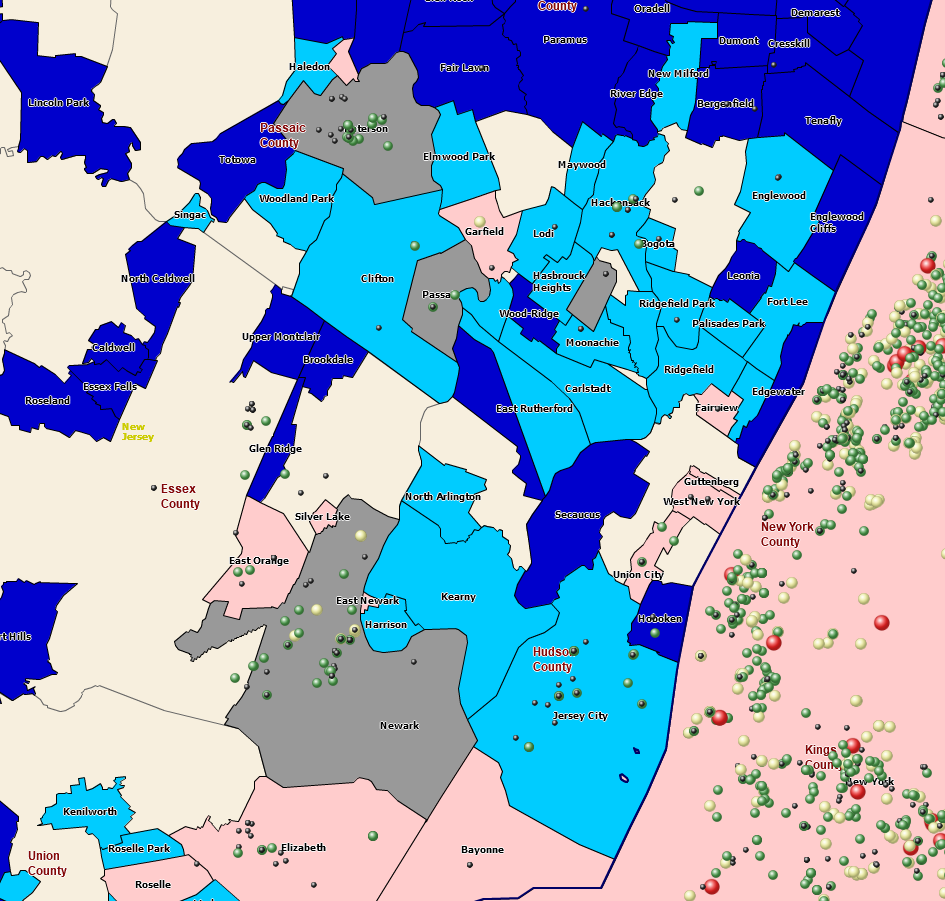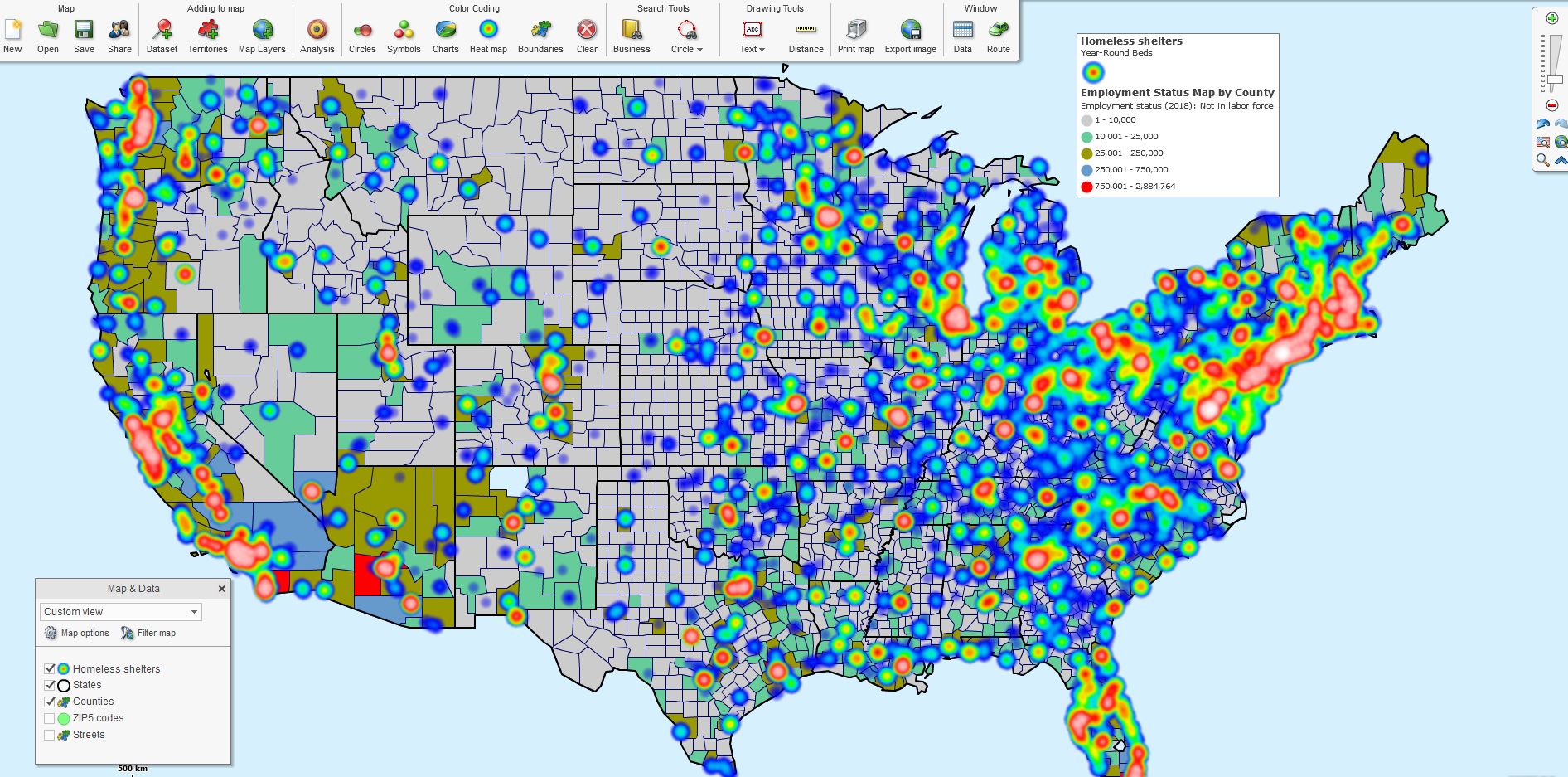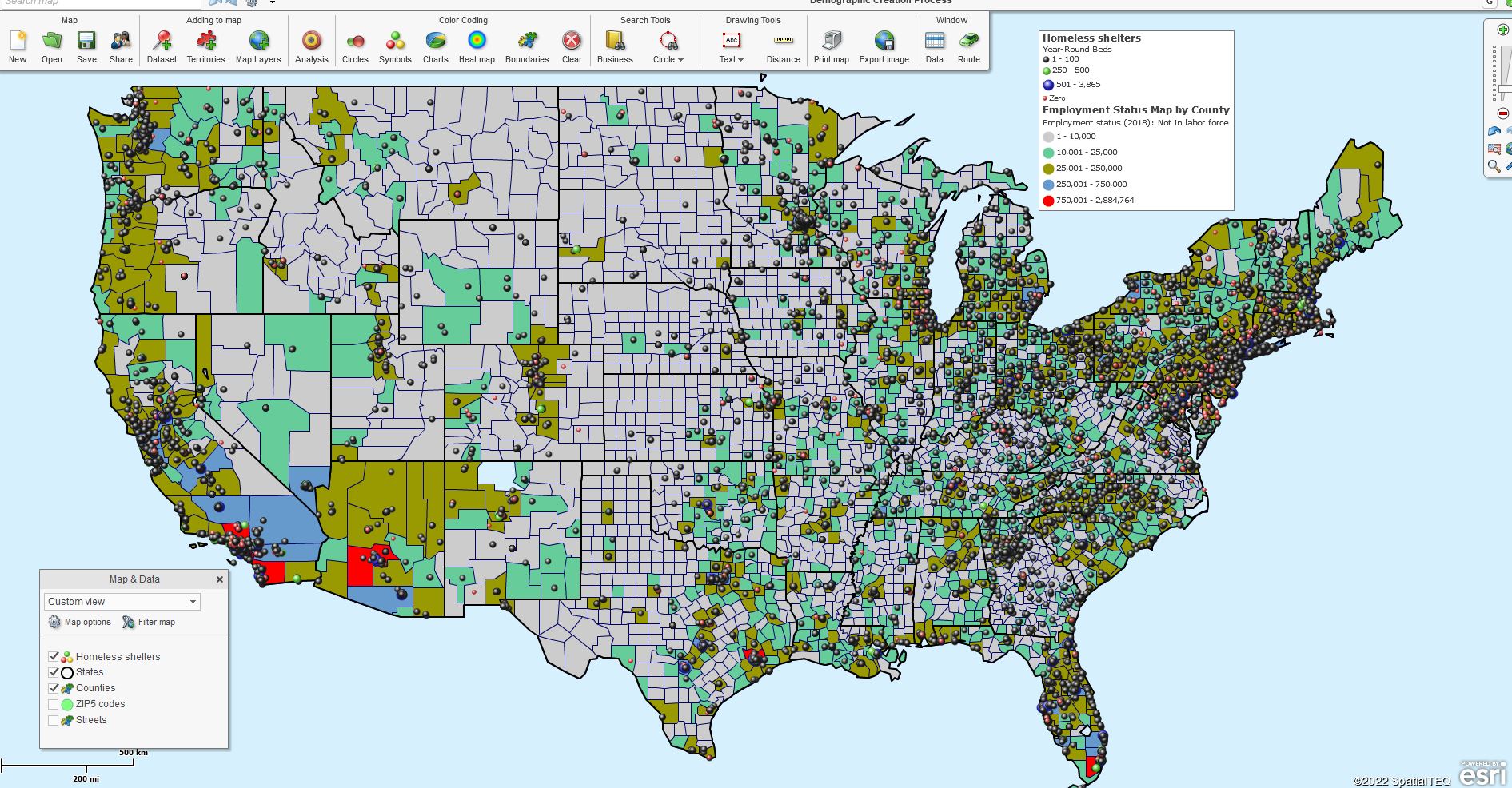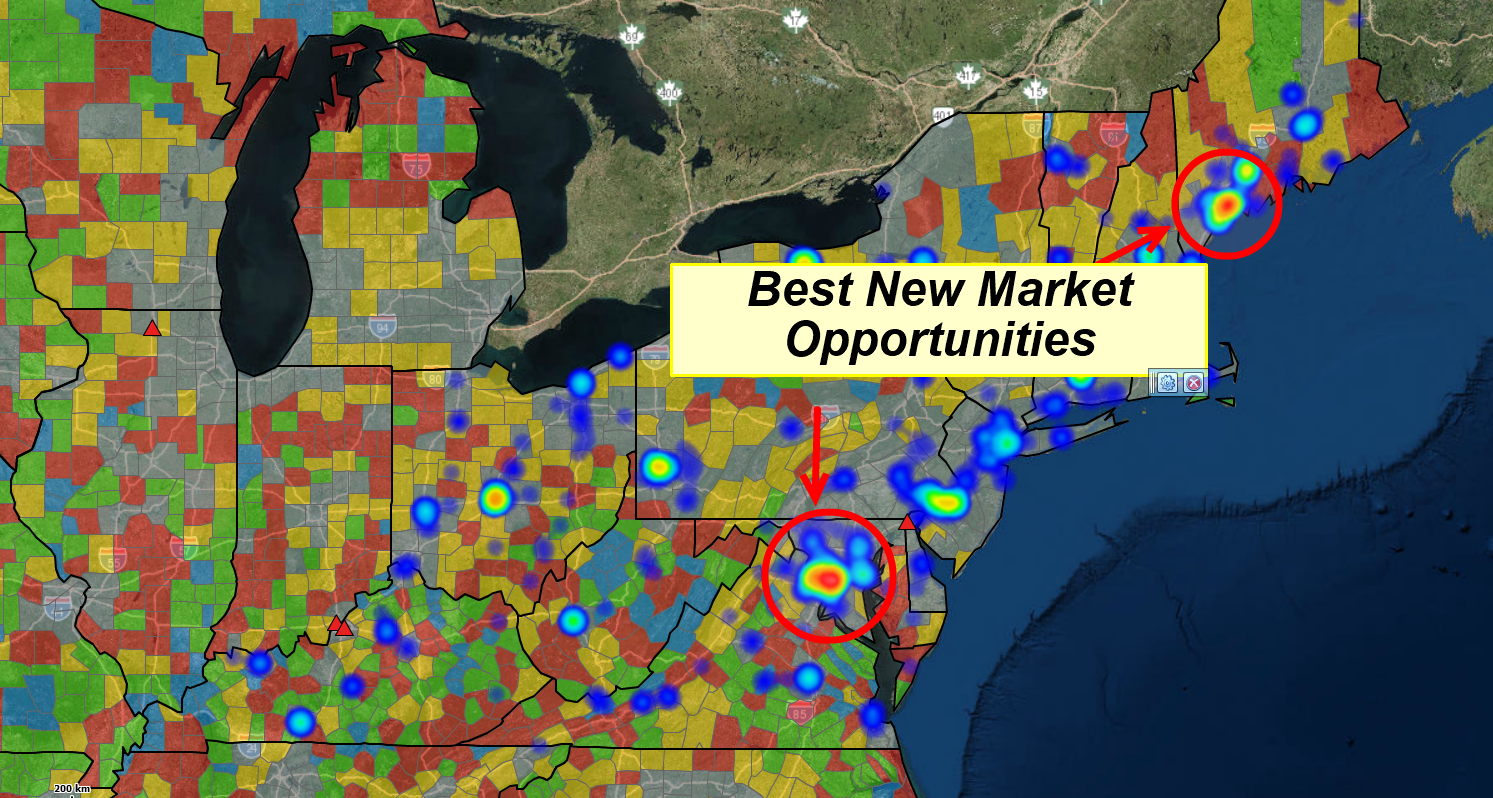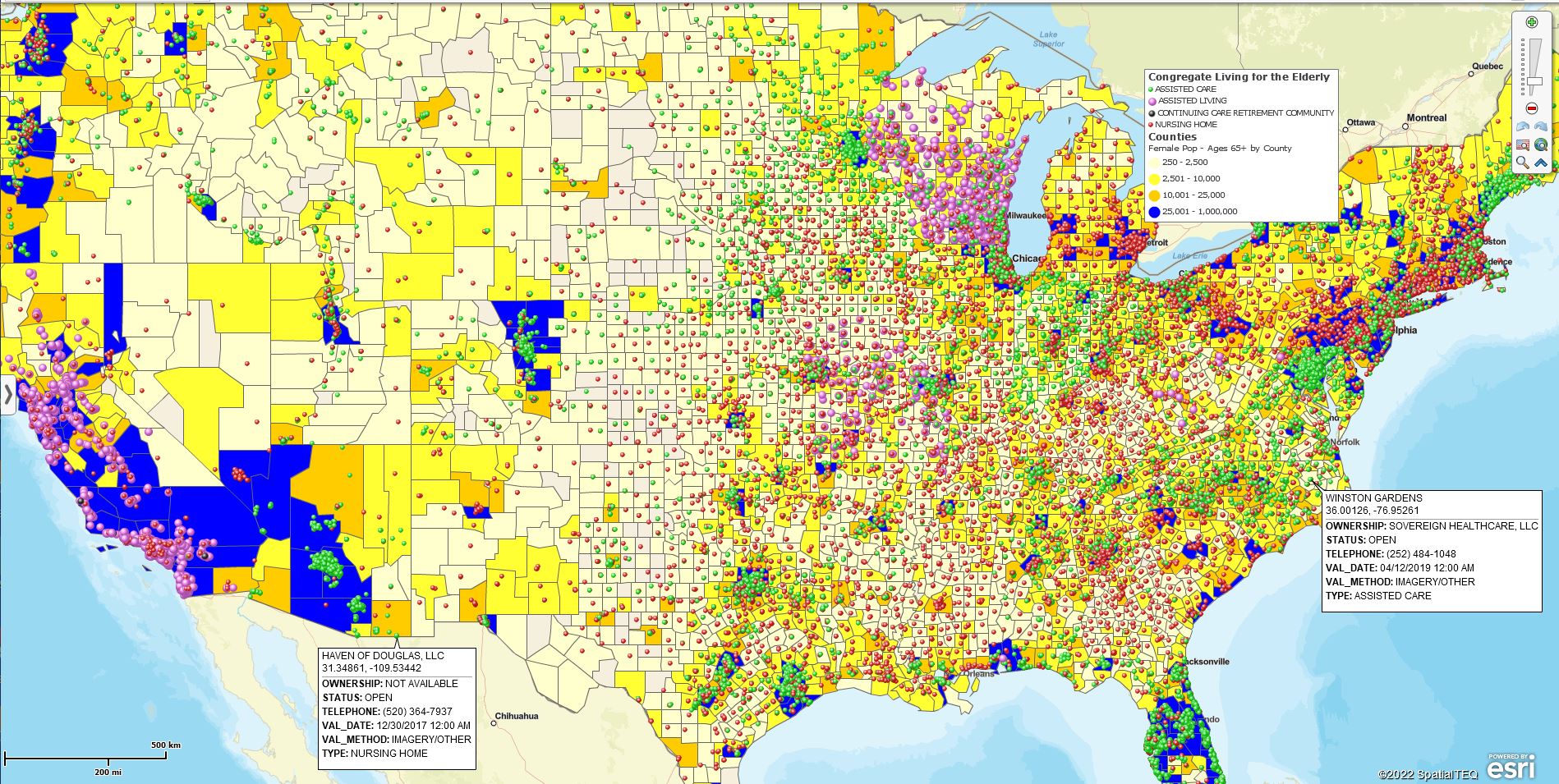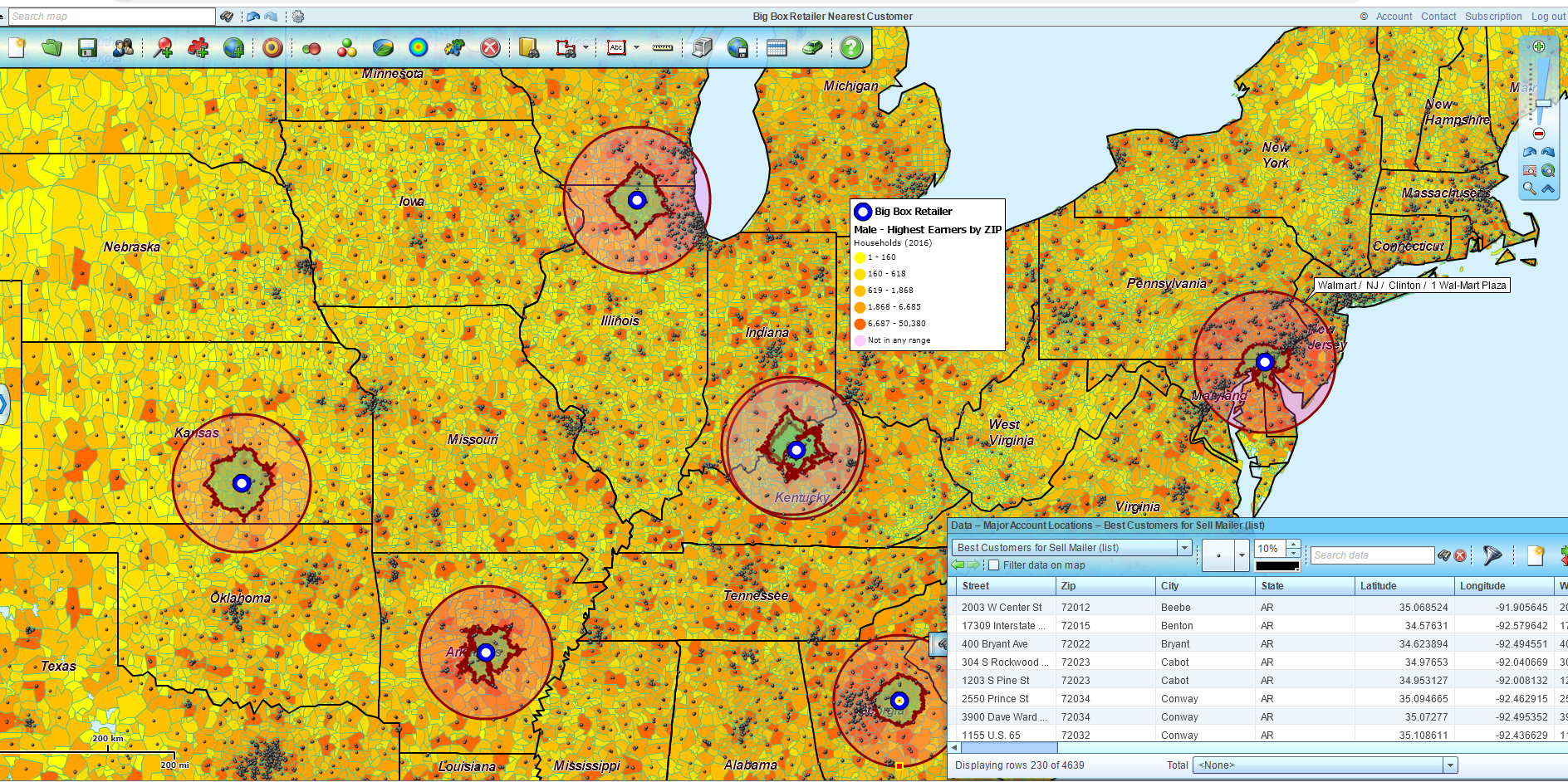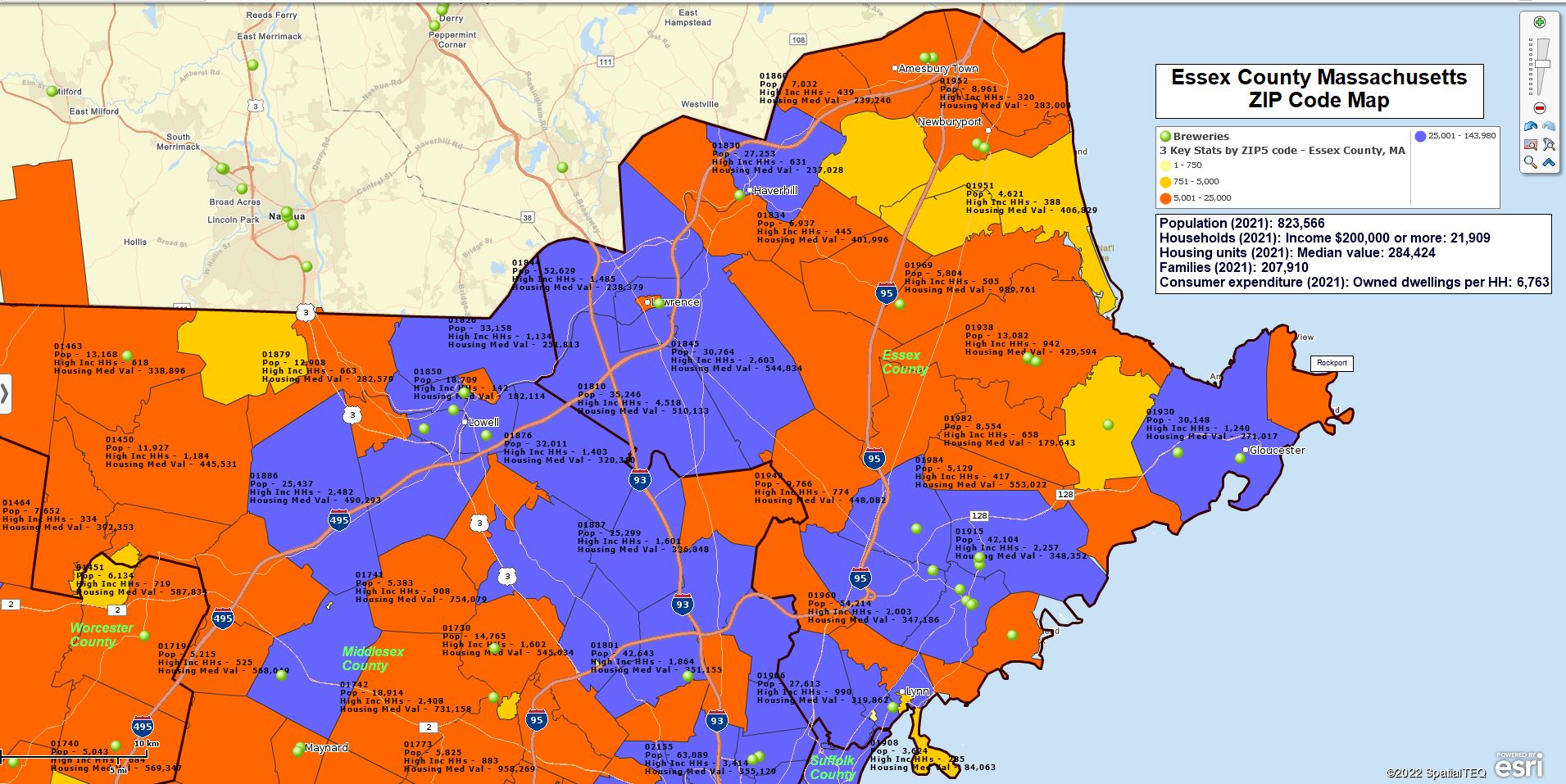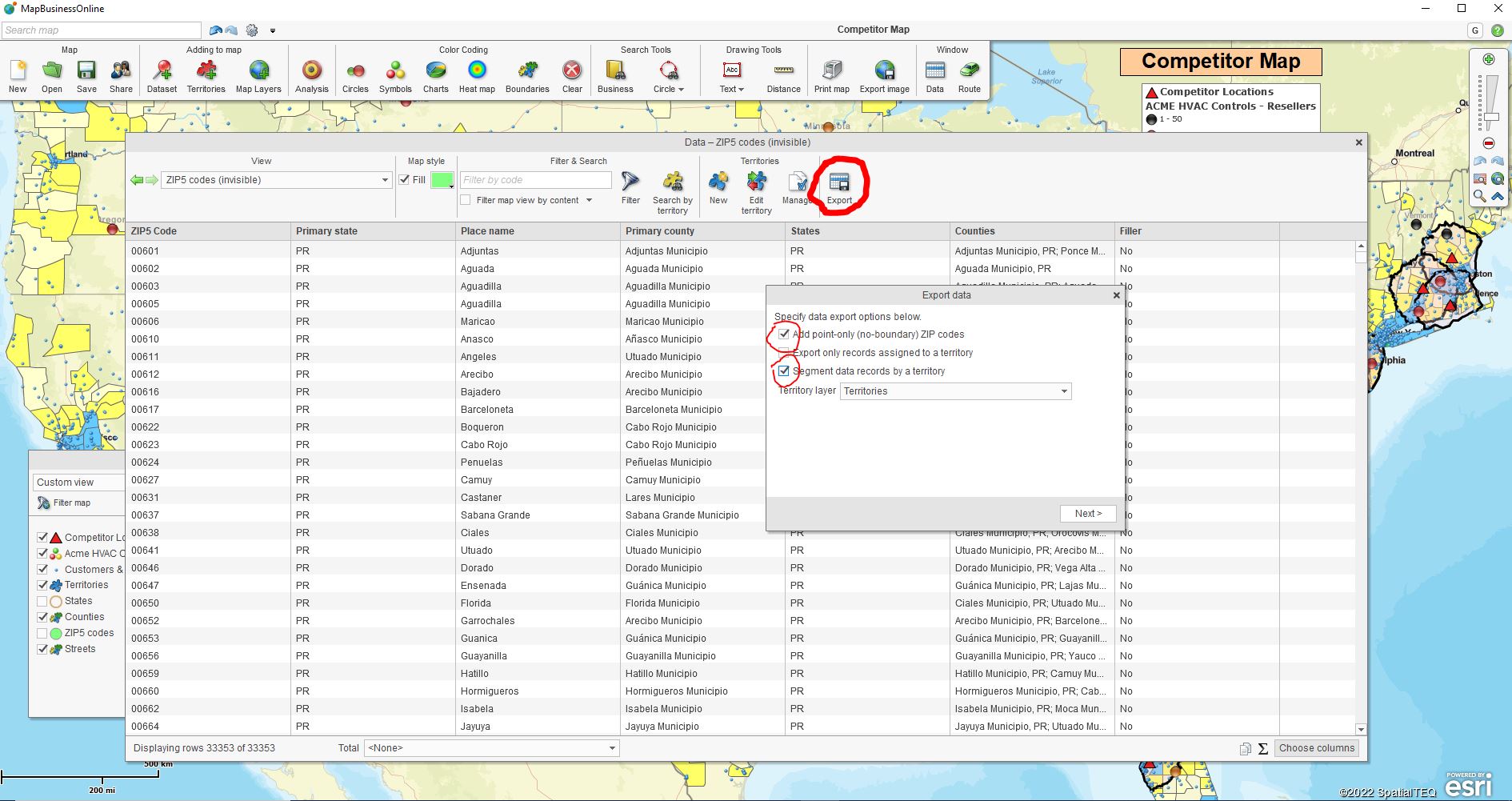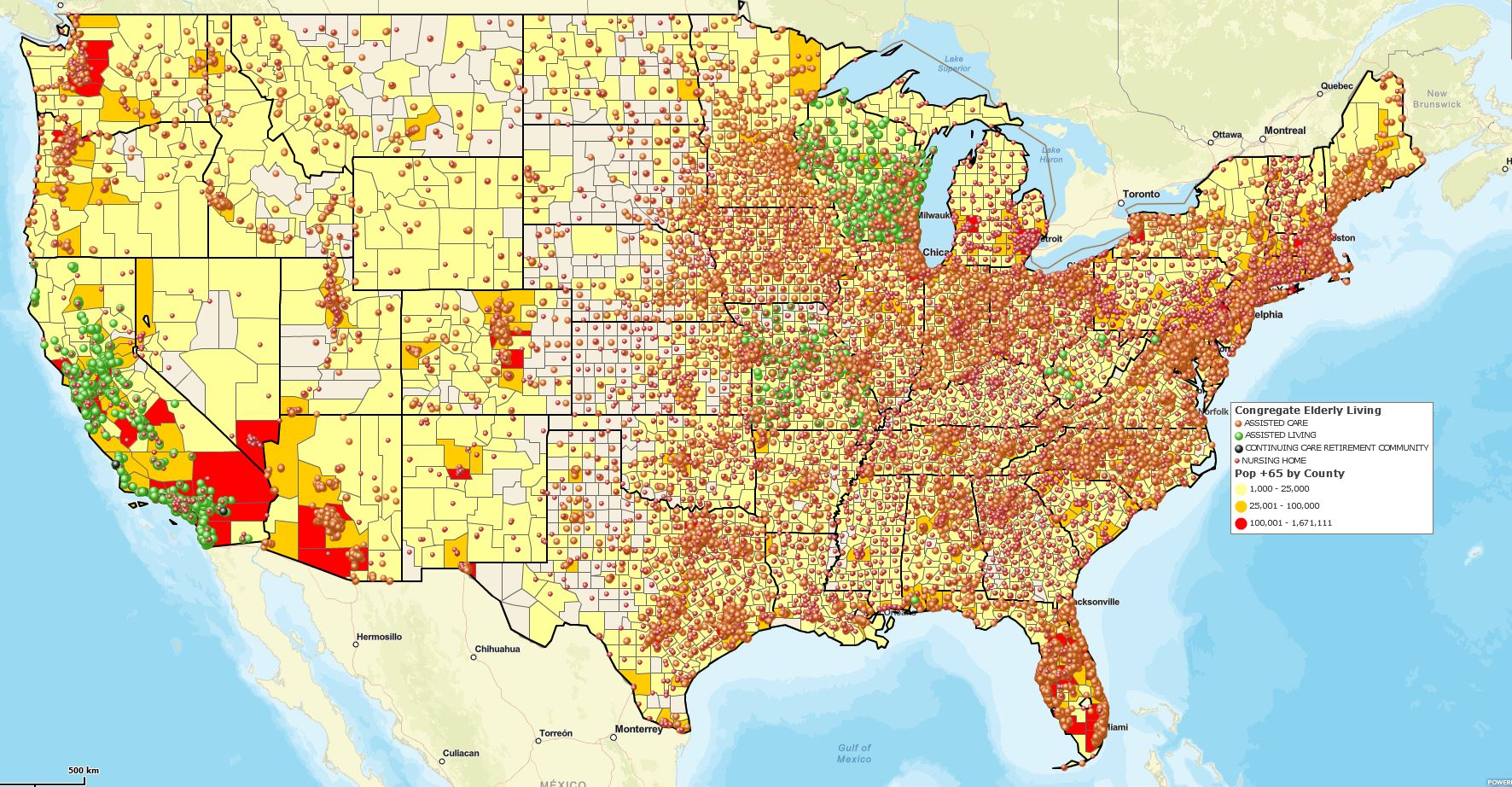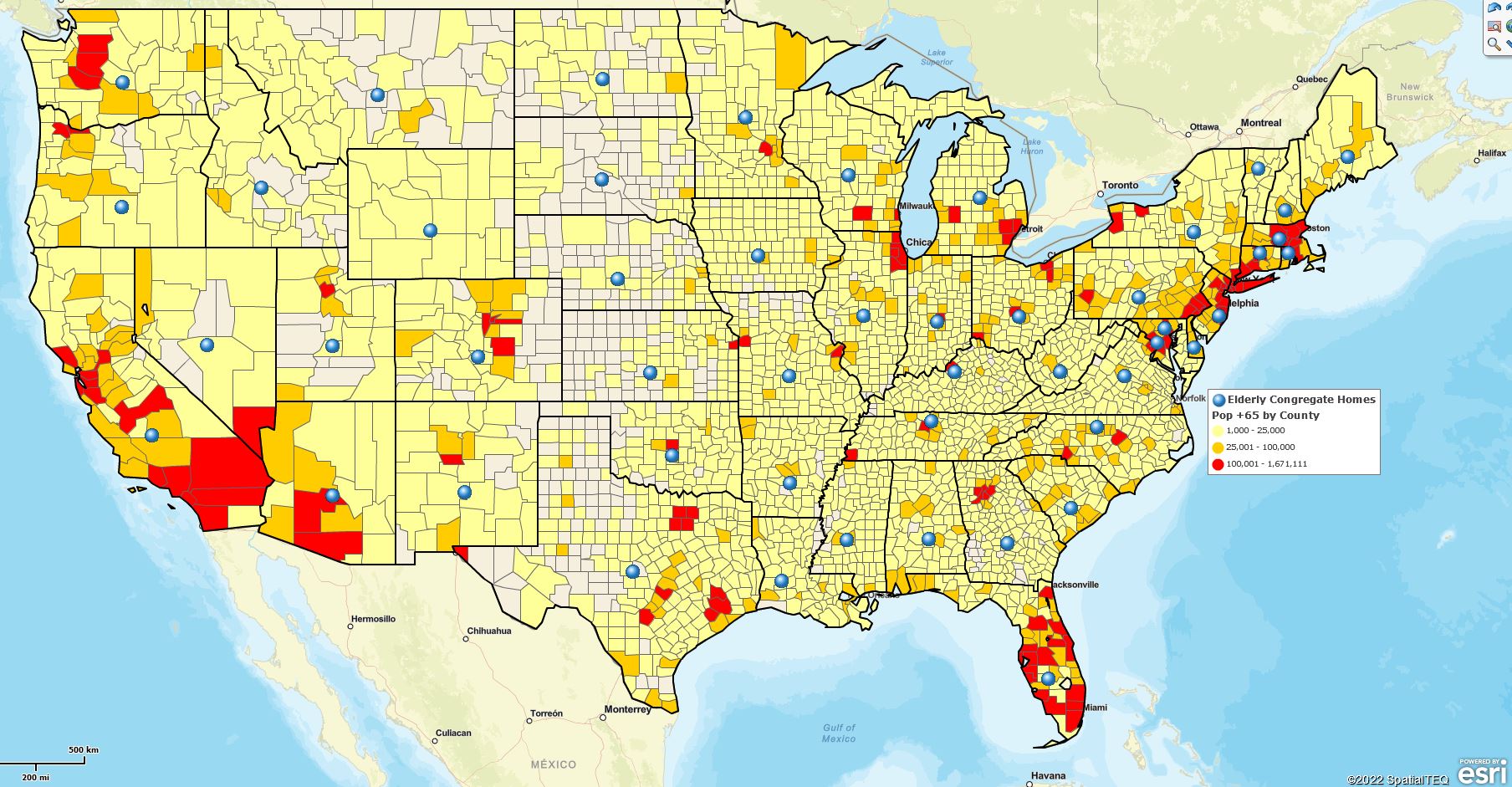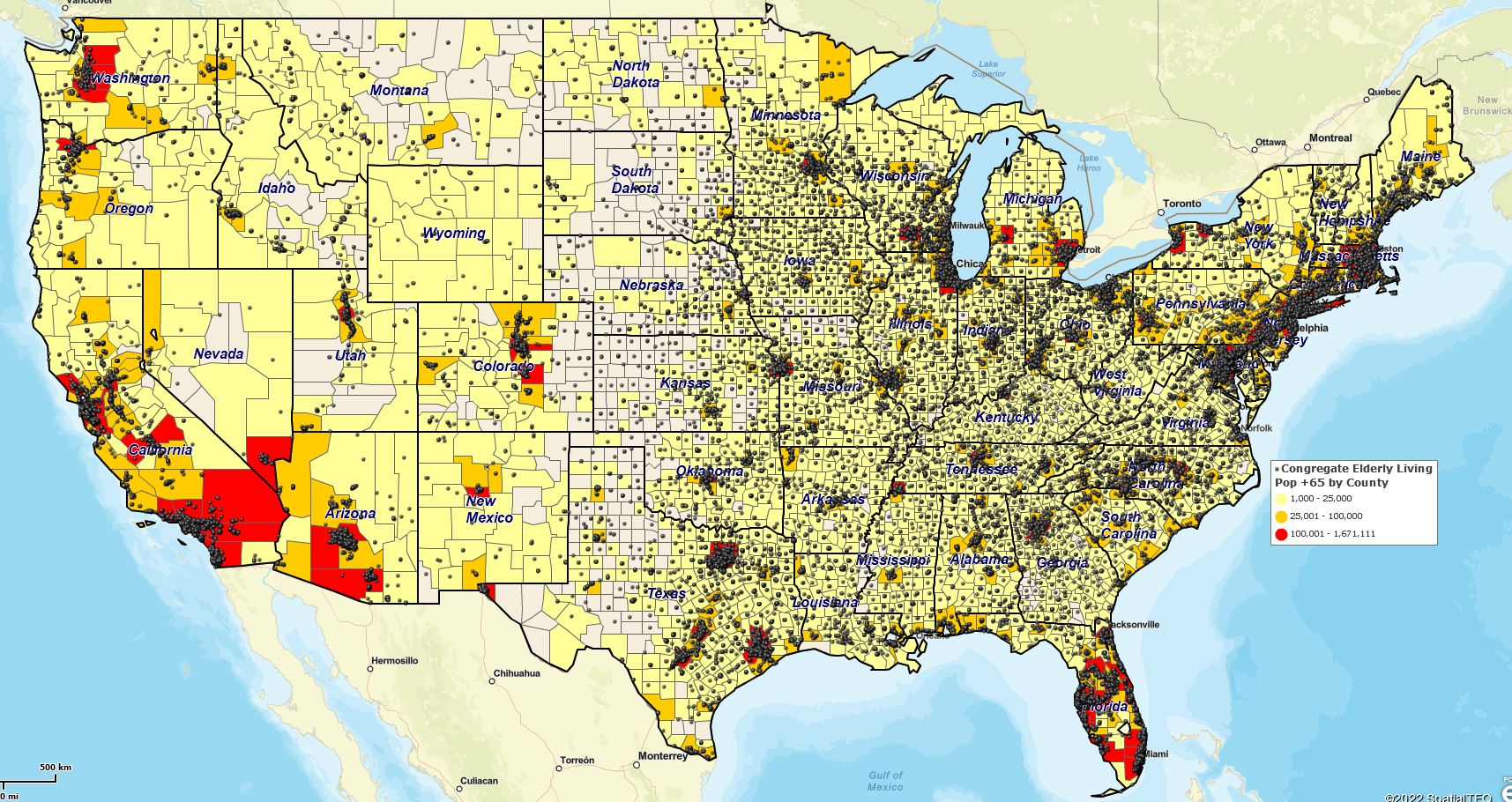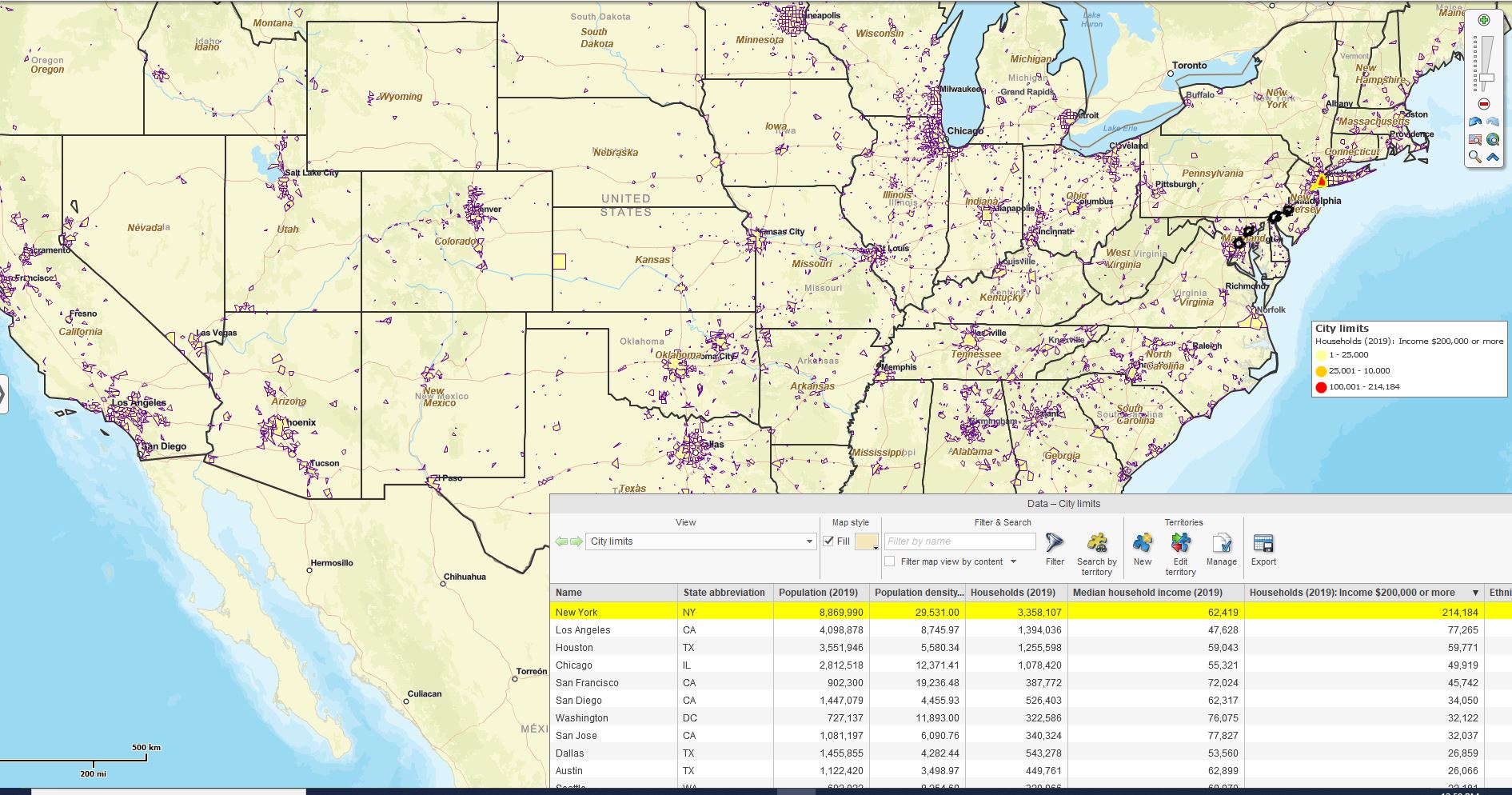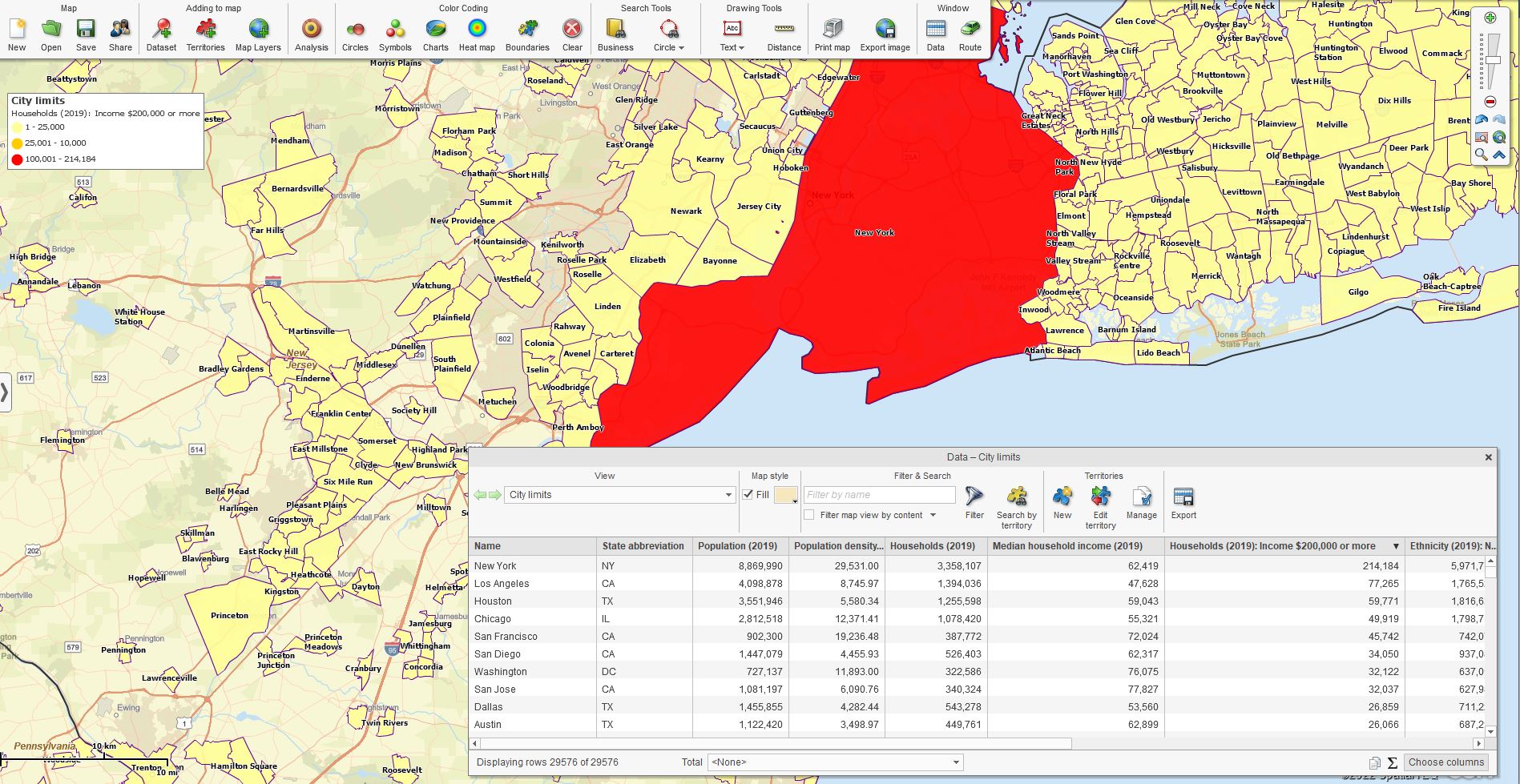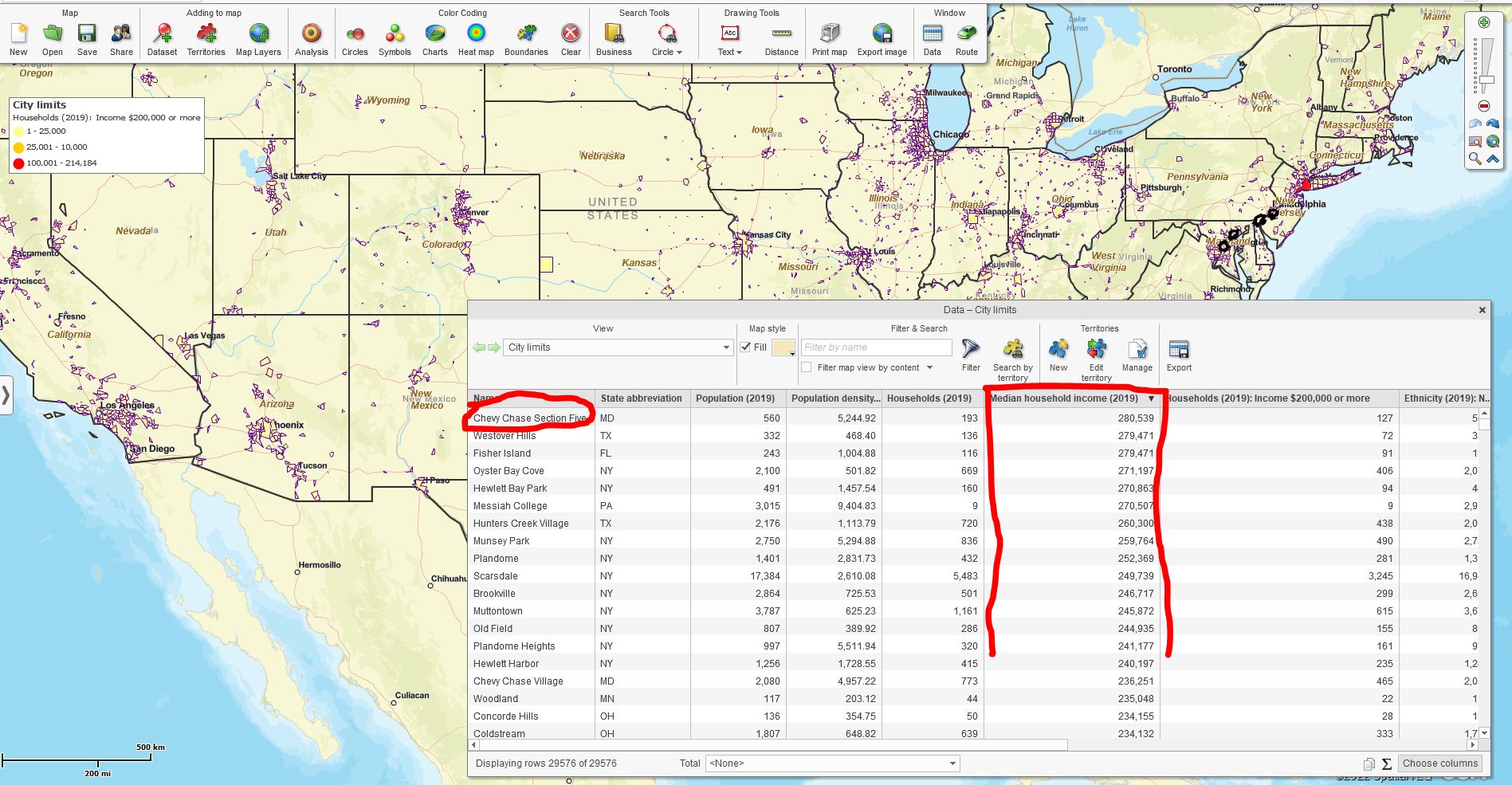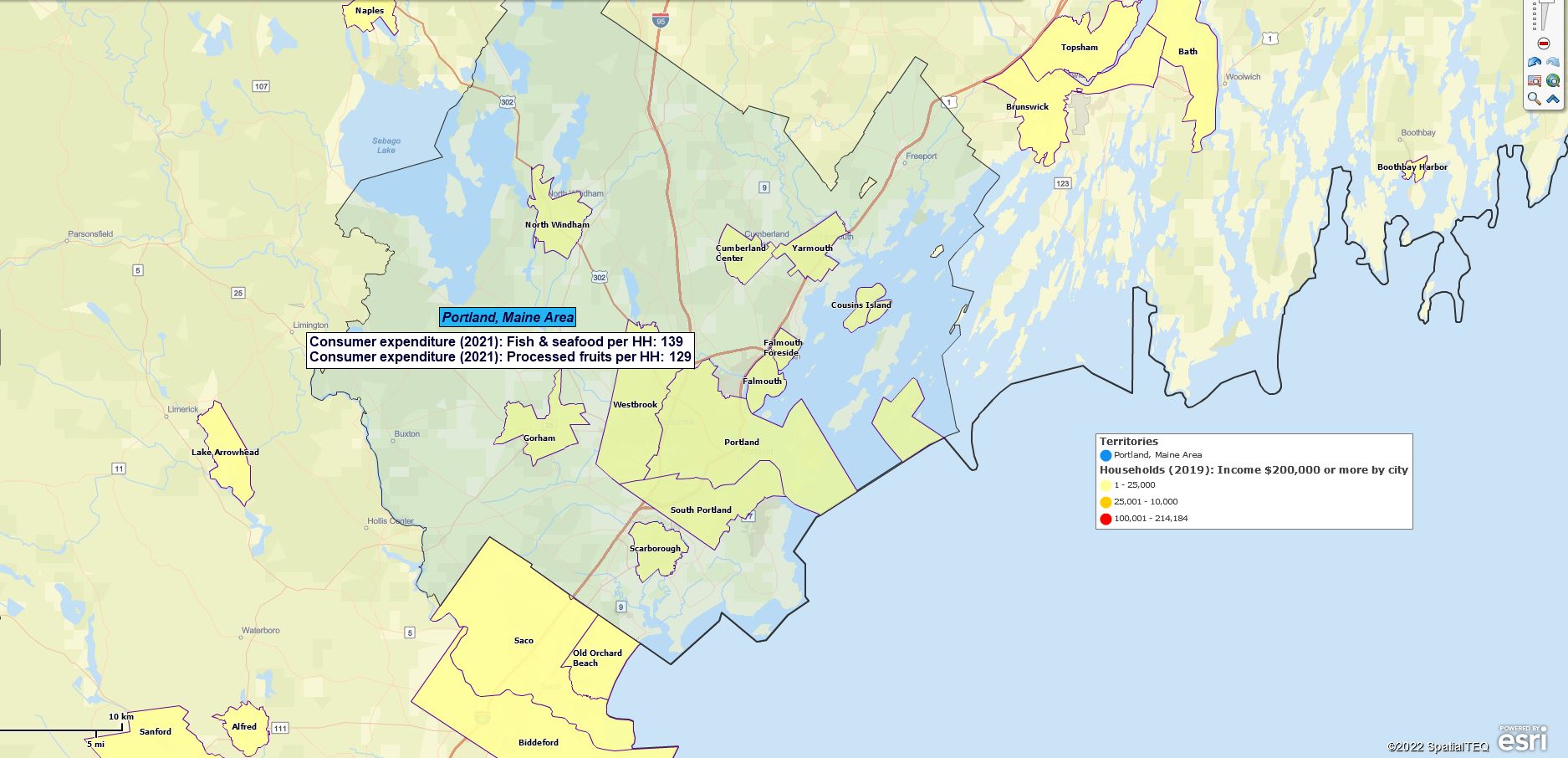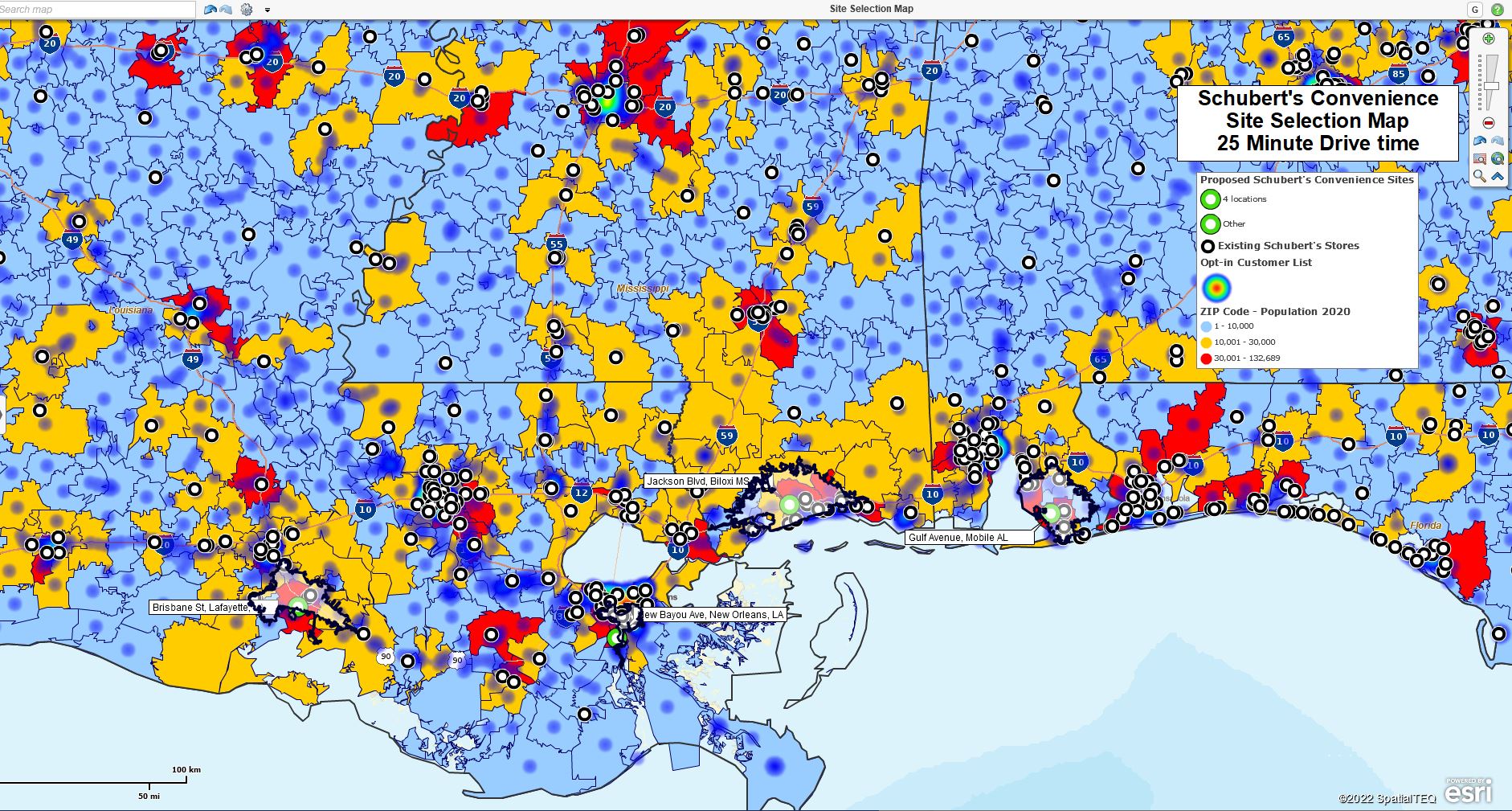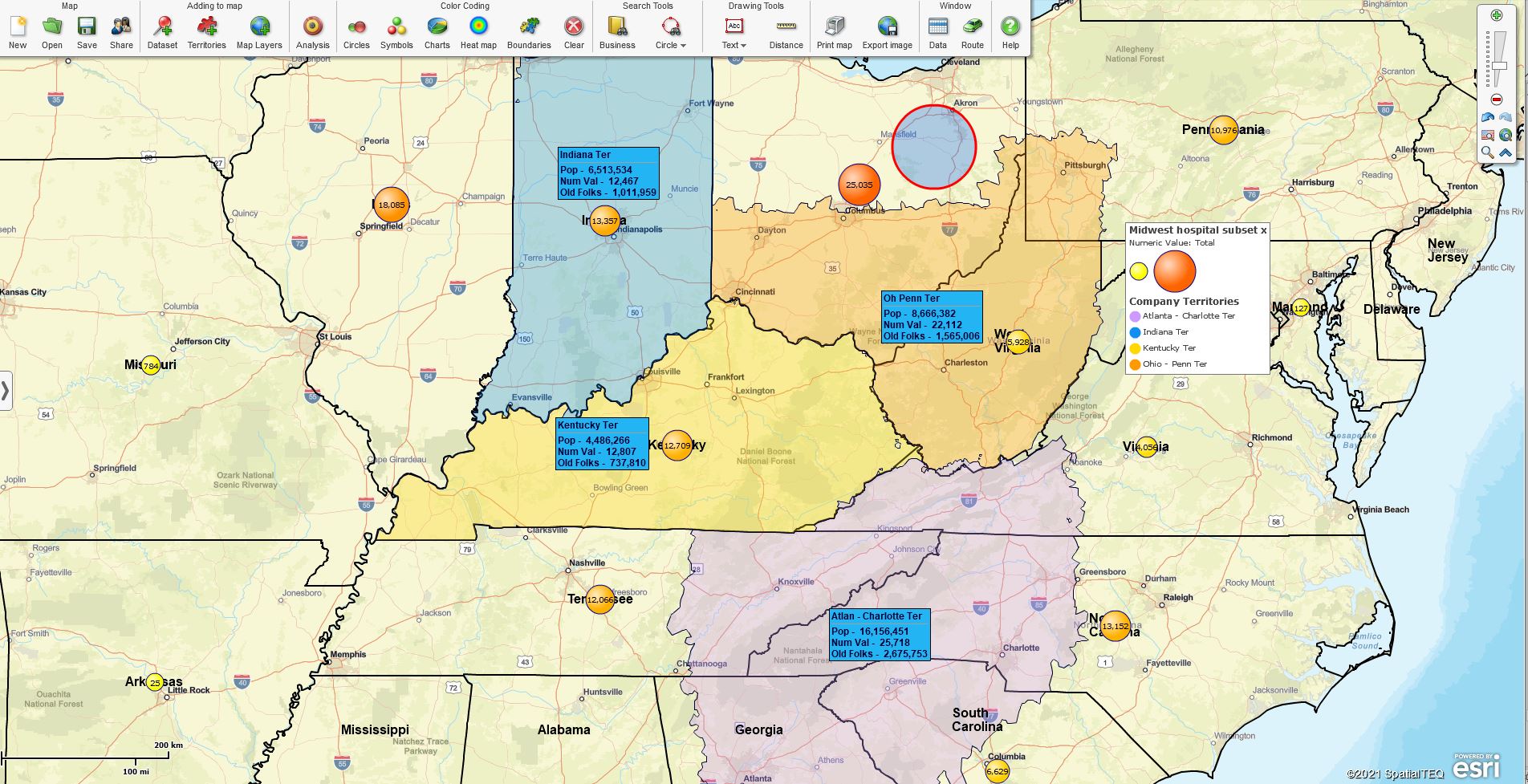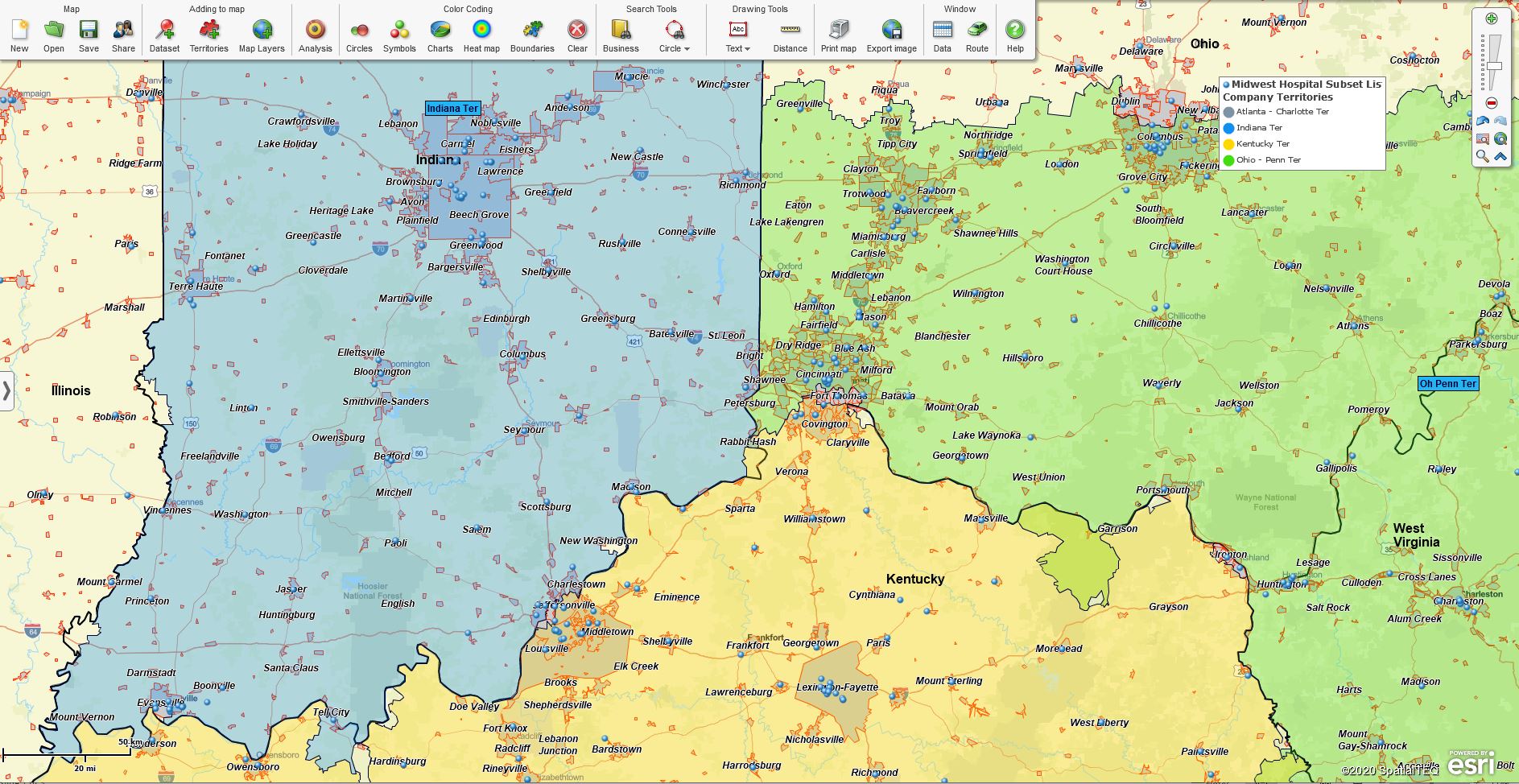I live in Maine. No spring chicken; I am relatively active for my advanced age. And as a model Baby Boomer, I’m unsurprisingly tied to my cell phone. The thing provides all sorts of features I can’t live without, despite having lived without them for fifty-five years previous to my current iteration.
Like many aging Mainers, after July 5th, I get cold. So, killing a couple of birds with one stone, I wear an L.L. Bean fleece sweater to keep me toasty and to holster my phone. The fleece sports a zippered breast pocket for my precious cellular phone.
The breast pocket is my favorite feature of an L.L. Bean fleece. Unfortunately, it’s not foolproof. It satisfies the requirement that my phone is at the ready, so I never miss the next life-changing phone call – generally, a spam call from Michigan or some other faraway land warning me about my rapidly approaching mattress warranty expiration. But the fleece pocket doesn’t ZIP up automatically.
It’s incredible how often a cell phone can make the jump from my fleece breast pocket to the floor and not crack. It’s got to be a hundred times. And never once into the toilet. But this record of no significant screen cracks only serves to lull me into a state of false security. A month back, with my fleece pocket zipper wide open, I leaned over a granite stone protruding from the foundation of my home. Out popped my precious phone with its myriad of life-critical apps, and before you could say, ‘Bobbie Gentry’s my aunt,’ I had two 38-caliber bullet holes in my phone’s screen.
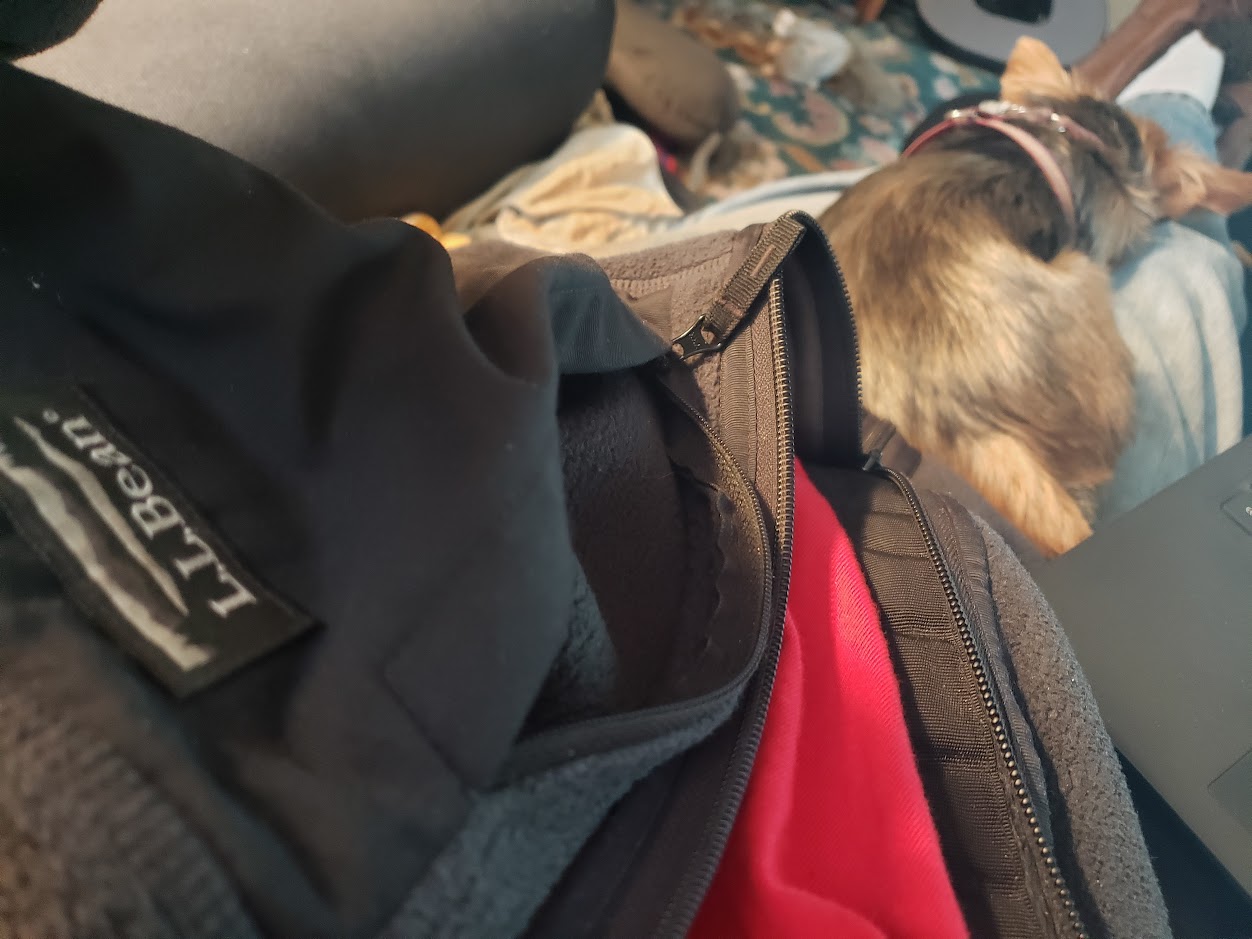
The fleece, the pocket, and Skye (the Yorkie).
At first, I thought I could live with it. I could still read most of my depressing top news content in and around the two puncture wounds on my screen. But after a while, with occasional tiny glass slivers in my fingers, and my news feed confused as to whether or not Trump’s alleged voter fraud was a big lie or just a little white lie, I decided I should explore a fix.
My first stop was the Magic Trick Cell Phone Repair shop. I’d been driving by this storefront for years. But Magic Trick wanted $285 to fix my Galaxy S9+. Some trick. In shock from the steep repair quote, I paused the whole project for a few weeks, carefully weighing my options before I waded back into the repair circuit.
I used MapBusinessOnline.com business listings to look for additional cell phone repair shops in the Portland, Maine area, but none of them seemed any more affordable than Magic Trick.
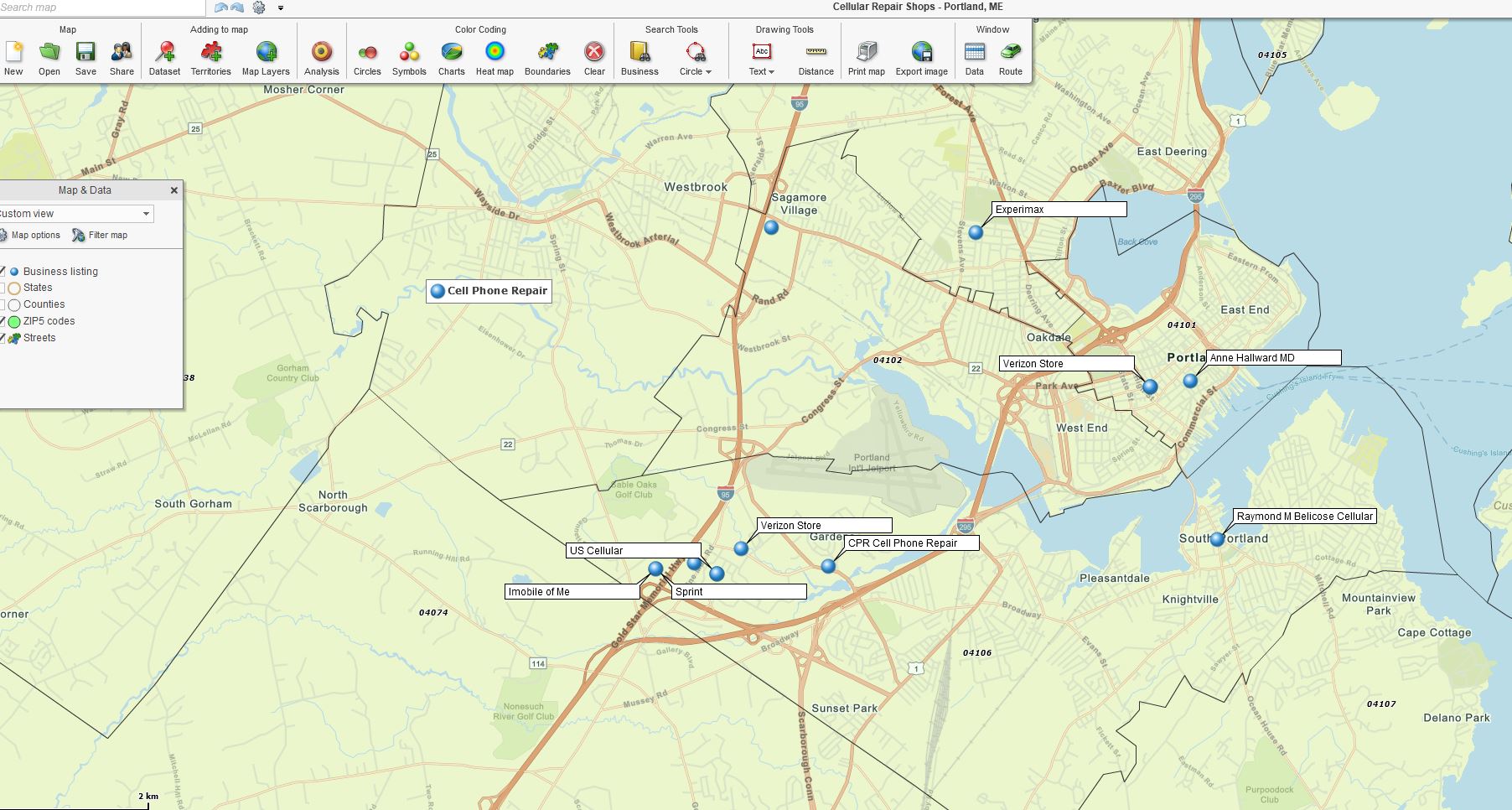
Cellular Repair Shops, Portland, ME
My oldest daughter, much more phone savvy than I, strongly suggested I take the phone to the Maine Shopping Mall, a place I avoid, like an in-law convention. I only go to ‘the Mall’ out of complete desperation. The place has sounds and smells that set off my brain’s fight-or-flight response.
But on one particular day, I was driving by ‘the Mall’ anyway and took a deep breath, put a close pin on my nose, parked my car, and crept in. My phone contract is with AT&T, so I headed that way. Right next to the AT&T store was a cell repair place. They quoted me $200 for the fix, with a forty-five-minute wait. I said I wanted to check AT&T first.
Enter Asurion
The AT&T guy looked over my cellphone screen with its vampire bites and pulled up my contract. “You’ve got insurance coverage with Asurion,” he said casually.
I was stunned. “Really?” I asked in disbelief.
“Yup, here’s a website where you can make an appointment for Asurion to manage the repair for $30.”
What was this, Christmas in September? I felt like my estranged, wealthy but creepy hermit uncle had died and left me as his sole heir. (I don’t have an estranged uncle, but it felt like that.)
I was further surprised because Asurion was a company I was familiar with. As you know, I sell business mapping software professionally, Www.MapBusinessOnline.com. We do a lot of business in the insurance industry, providing sales territory mapping, customer mapping, demographic mapping, and location-based market analysis tools.
I remember when Asurion first purchased a MapBusinessOnline subscription. I had looked up their website, not entirely understanding their play in the cell phone business. Cell phone insurance? Huh?
Now, standing at the AT&T cell service table with my pathetic, broken phone and my sporty 2-year-old fleece sweater, I totally got it. Cell phone insurance. What a concept!
The Fix
The process for cell phone repair through Asurion was pretty straightforward. I registered online at www.Phoneclaim.com. Once registered, the process led directly to verifying my AT&T contract and then to a ZIP code search where the repair contractor’s location was identified.
In my case, I had to bring the phone to an Asurion service tech in Portland – http://tardiffelectronics.com/. The process was fast – twenty minutes. It was also easy. The marginal fee of $30.00 was included in my AT&T monthly bill, which ended up $50.00 higher than usual, but it still beat the $200 plus repair quotes I’d been taunted with.
Best of all, I now own a phone with a new screen with zero bullet holes and no cracks. What had previously been a choice between losing $285 and impaired doom-scrolling for the rest of my days turned into a $50 idiot fee in exchange for a squeaky new screen.
I was thrilled. Asurion had indeed saved the day.
I’m still trying to get Asurion to speak with me about their specific use of MapBusinessOnline. But I know that insurance companies, in general, use MapBusinessOnline to create business maps describing the critical market and operating areas.
- Claims Territories – Field claims processing groups often create business maps that assign and track incidents across a team of claims agents.
- Identify Sales Coverage Gaps – Insurance companies track sales teams like any other large organization, analyzing sales coverages, competitors, and possible new market areas.
- Track Claim Activities – Monitor contractor services at specific claims sites. MapBusinessOnline provides a map-based platform for visualizing contracted services by ZIP code, County, or City limit.
- Sales Territory Mapping – Insurance companies monitor sales territories associated with the sales teams and field staff like any other large enterprise.
- An Insurance Case Study – Read about insurance applications for MapBusinessOnline.
I share this phone repair experience to remind people to check with their cell phone service provider before proceeding with expensive cell phone repairs. You may already have insurance to cover most of the fix.
_______________________________________________
Discover why over 25,000 business users log into www.MapBusinessOnline.com for their business mapping software and advanced sales territory mapping solution. The best replacement for Microsoft MapPoint happens to be the most affordable.
To access MapBusinessOnline, please register and download the Map App from the website – https://www.mapbusinessonline.com/App-Download.aspx.
After installing the Map App, the MapBusinessOnline launch button will be in the Windows Start Menu or Mac Application folder. Find the MapBusinessOnline folder in the Start Menu scrollbar. Click the folder’s dropdown arrow and choose the MapBusinessOnline option.
The Map App includes the Map Viewer app for free non-subscriber map sharing.
Please read customer reviews or review us at Capterra or g2crowd.
Contact: Geoffrey Ives at geoffives@spatialteq.com or Jason Henderson at jhenderson@spatialteq.com.

